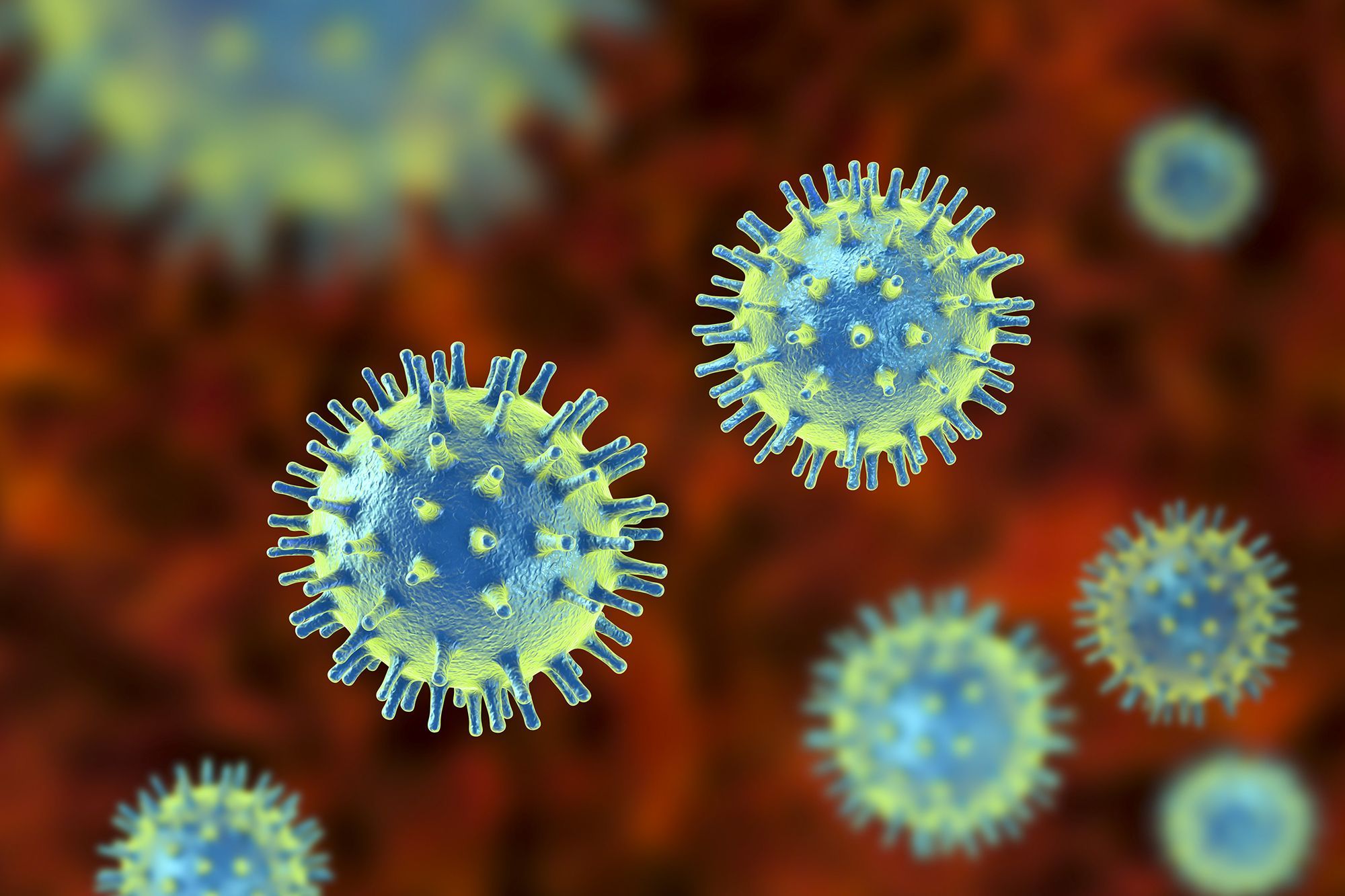Infectious diseases
Infectious Diseases are infections or disorders caused by microorganisms. The microorganisms can be broadly divided into 4 groups including Virus, Bacteria, Fungi and Parasites. Almost all microorganisms can be included in these groups. The structural complexity increases from the virus having the most simple structure to the parasites having the most complex structure.
Viruses
- Viruses are very simple microorganism which mostly consists of nucleic acid, a few proteins, and (in some) a lipid envelope.
- These microbes are completely depended upon the host organism for their survival and replication.
- Medically important viruses are subdivided into 20 families defined by the structural properties of the members.
- Viruses containing nucleic acid which is either DNA or RNA but not both. The families of DNA viruses and RNA viruses are further subdivided into either single-stranded or double-stranded nucleic acids.
- These viral families are further subdivided into viruses with an outer envelope or naked non enveloped viruses. The envelope are mostly carried by the host organism cell membrane. The viruses can also be subdivided based on their shapes and sizes.
- The virus is highly host-specific and causes diseases which infect mostly a group of people or animals.
- The diseases include common cold to deadly diseases like AIDS and Corona.

Bacteria
- Bacteria are quite more complex, with both RNA and DNA, having metabolic machinery for self-replication, and a complex cell wall structure.
- Bacteria are prokaryotic organisms with simple unicellular organisms and they reproduce by asexual division.
- The bacteria can be differentiated on their staining property, with the Gram stain and acid-fast stain.
- Most bacteria are either gram-positive or gram-negative.
- There are various bacteria that cause infections or disease in many organisms including human- beings
- The most common disease include Tuberculosis, UTI etc.

Fungi
- Fungi are more complex eukaryotic organisms which contain both single-celled (yeast) and multi-celled organisms (molds) are members of both groups.
- It exists in both forms (dimorphic fungi). Molds are complex organisms with the cells organized into threadlike tubular structures (hyphae) and specialized asexual reproductive forms (conidia).
- The molds are then further subdivided by the structure of the hyphae (pigmented or non-pigmented, separated into individual cells and the arrangement of the conidia
- The disease include various common infections or rashes in skin, athlete’s foot to diseases infecting lungs and nervous system.

Parasites
- Parasites are also subdivided into single-celled organisms (protozoa) or multi-celled organisms (worms and bugs).
- Members of the family
Protozoa are then further divided into amebae, flagellates, and coccidia. The worms (technically called helminthes) are nicely classified by their shape: roundworms, flatworms, and tapeworms. - The bugs include mosquitos, ticks, fleas, lice, mites, and flies. They are important because they are vectors of a number of viruses and bacteria (not fungi) that are responsible for diseases. But not all bugs (such as spiders) are vectors for other pathogenic microbes
- The diseases include normal mosquito bite to diseases that pass from infectious animals to healthy organism.
Symptoms
The symptoms are different for different diseases caused by various infectious pathogens. The common symptoms include cold, cough, nausea, dizziness, fatigue, loss of sleep etc.

